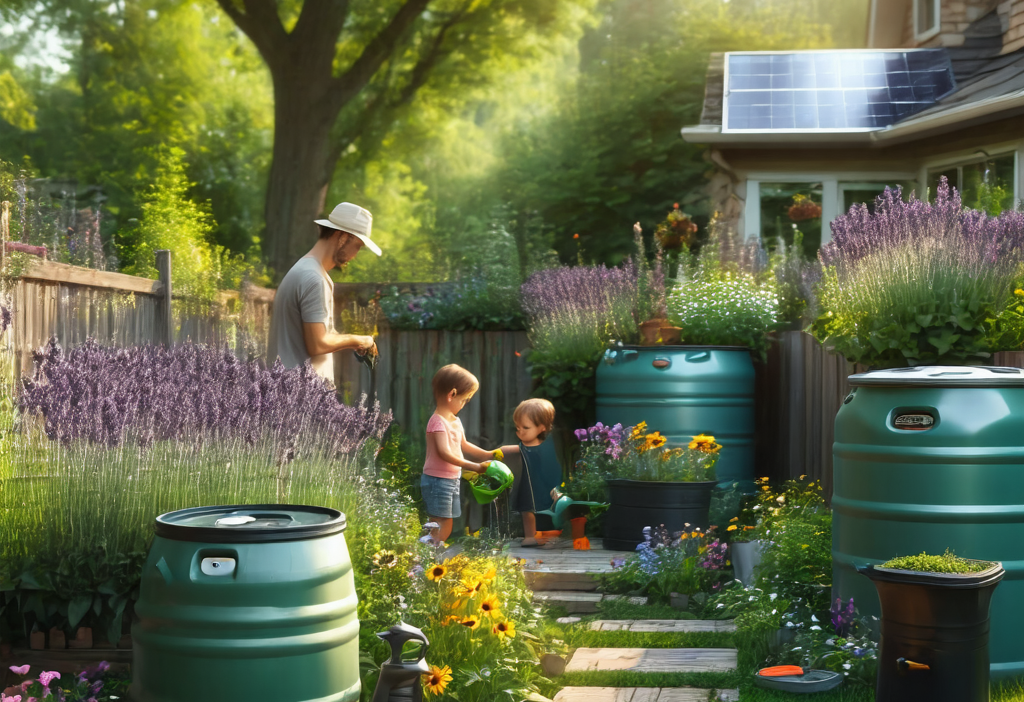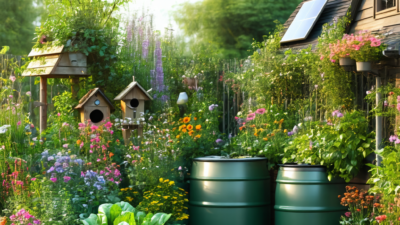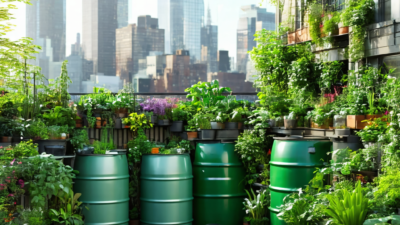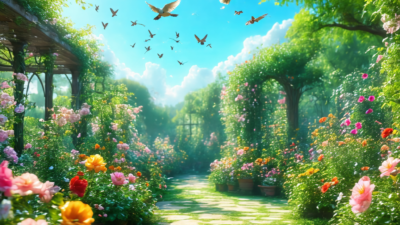Transforming Your Backyard into a Sustainable Garden Oasis
Gardening is more than just planting flowers and tending to lawns—it’s about creating a space that harmonizes with nature. In this blog, we’ll explore how you can transform your backyard into a sustainable garden oasis. By adopting eco-friendly practices, you not only contribute to environmental conservation but also create a beautiful, inviting space for relaxation and enjoyment.
Why Sustainable Gardening Matters
Sustainable gardening isn’t just a trend; it’s a necessity in today’s world. With climate change and environmental degradation on the rise, every effort counts. By choosing sustainable practices, you help reduce your carbon footprint, conserve water, and promote biodiversity. Plus, a sustainable garden can be just as vibrant and productive as traditional gardens, if not more so!
Planning Your Sustainable Garden
Before diving into planting, take some time to plan your garden. Consider the following:
- Site Analysis: Observe your backyard’s microclimate—sunlight patterns, wind direction, and soil type.
- Native Plants: Opt for native species that are naturally adapted to your region’s climate and require less maintenance.
- Water Conservation: Incorporate rain barrels or a drip irrigation system to save water.
“Sustainable gardening is about working with nature, not against it.” — Jane Smith, Sustainable Garden Hub
Selecting the Right Plants
The foundation of any successful garden is choosing the right plants. For a sustainable garden:
- Native Plants: These are your best bet as they require less water and pesticides. Examples include lavender, coneflowers, and native grasses.
- Pollinator-Friendly Flowers: Bees and butterflies are essential for pollination. Plant flowers like milkweed or sunflowers to attract them.
- Edible Plants: Incorporate herbs, fruits, or vegetables to make your garden both beautiful and functional.
Water-Saving Techniques
Water is a precious resource, especially in areas prone to drought. Here’s how you can conserve water in your garden:
- Rain Barrels: Collect rainwater for irrigation using barrels connected to your gutters.
- Drip Irrigation: This method delivers water directly to plant roots, reducing evaporation and runoff.
- Mulching: Apply organic mulch like wood chips or leaves to retain soil moisture and suppress weeds.
Organic Composting
Composting is a sustainable way to recycle kitchen scraps and yard waste into nutrient-rich soil. Here’s how you can get started:
- Gather Materials: Use fruit peels, vegetable scraps, coffee grounds, and garden waste.
- Create a Compost Pile: Layer green materials (nitrogen-rich) with brown materials (carbon-rich) in a compost bin or pile.
- Maintain Balance: Keep the pile moist and turn it regularly to aerate and speed up decomposition.
“Composting is like giving nature’s nutrients back to the earth.” — Green Living Blog
Natural Pest Control
Pests are an inevitable part of gardening, but you don’t need harmful chemicals to manage them. Try these natural methods:
- Beneficial Insects: Attract ladybugs and lacewings that prey on common garden pests.
- Neem Oil: This organic pesticide is effective against a wide range of insects without harming beneficial organisms.
- Physical Barriers: Use row covers or netting to protect plants from pests like birds or aphids.
Involving the Community
Gardening is a shared joy. Consider these ideas to involve your community in sustainable practices:
- Community Gardens: Join or start a local garden where everyone contributes and shares produce.
- Educational Workshops: Organize workshops on sustainable gardening techniques for neighbors.
- Plant Exchanges: Swap plants, seeds, or cuttings to promote biodiversity and community bonding.
A Sustainable Future Starts in Your Backyard
Creating a sustainable garden oasis isn’t just about aesthetics; it’s about making a positive impact on the environment. By following these tips, you can enjoy a beautiful, eco-friendly space that benefits both you and nature.
We’d love to hear your thoughts or experiences with sustainable gardening! Have you transformed your backyard into an oasis? Share your journey in the comments below.
For more resources on sustainable living, check out Sustainable Life Today.





